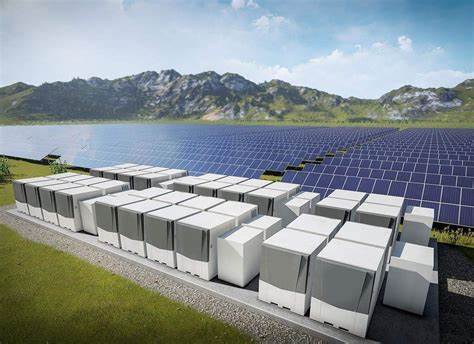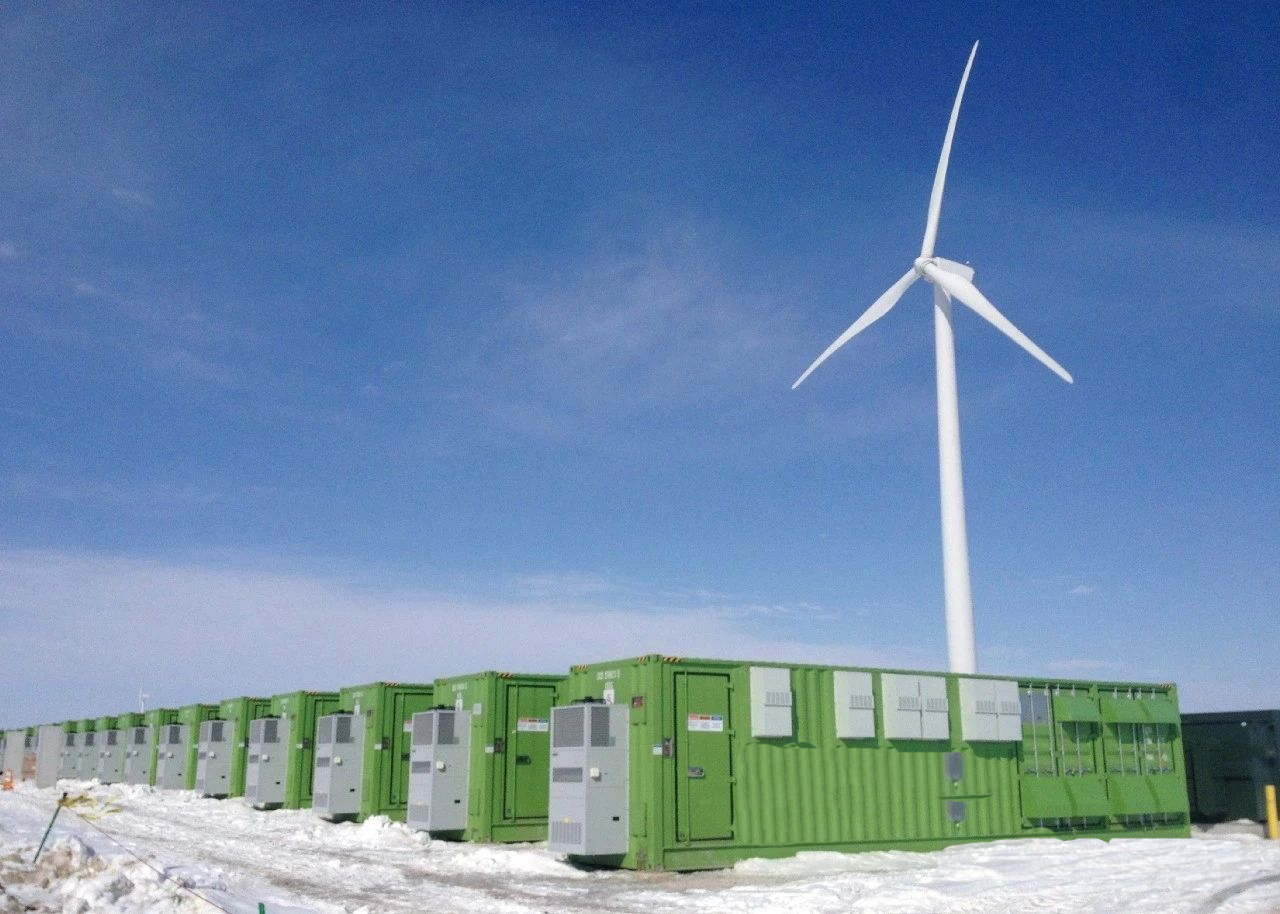
11월 . 22, 2023 18:39 다시 목록으로
장기 에너지 저장 애플리케이션이 중요합니다.
Long-duration energy storage is still in its early stages of development and there is no universally agreed-upon definition for the duration of long-duration energy storage, both domestically and internationally. The definition of long-term energy storage varies across regions due to differences in power demand, renewable energy distribution, energy storage scale layout, and energy storage policy support. In China, for instance, long-term energy storage is generally defined as energy storage technology lasting more than 4 hours, in order to differentiate it from the large-scale construction of 2-hour energy storage systems.
The global market for long-duration energy storage has experienced significant growth in recent years, with the value of projects currently in operation or under construction exceeding $30 billion. If all ongoing projects are completed and put into operation in the next few years, the total installed capacity of long-term energy storage is expected to increase by 57 million kilowatts. This would be equivalent to approximately three times the total installed capacity of long-term energy storage worldwide in 2022. These developments are of great significance for the mid- to late-stage construction of a zero-carbon power system and in achieving the goal of reducing carbon emissions.

'이중탄소' 목표를 달성하기 위해 화력발전 설비용량의 비중이 점차 감소함에 따라 안정적인 기저부하 발전자원에 대한 필요성이 대두되고 있습니다. "장기 에너지 저장 + 대규모 풍력 및 태양광 프로젝트"는 화석 연료의 유망한 대안으로 떠오르고 있으며, 기저 부하 전력 자원의 미래 세대가 될 가능성이 높습니다. 이러한 전환은 장기적으로 탄소 제로 전력 시스템을 구축하는 데 매우 중요합니다.
안정적인 발전을 제공하는 것 외에도 장기 에너지 저장은 재생 에너지원의 변동하는 발전량을 관리하는 데 중요한 역할을 합니다. 풍력 및 태양 에너지의 비율이 증가함에 따라 발전의 간헐성은 그리드 안정성에 문제를 야기합니다. 더 많은 전송망을 구축하는 것만으로는 이 문제를 해결하기가 충분하지 않습니다. 장기간에 걸쳐 새로운 에너지 발전량의 변동을 조절할 수 있는 용량을 갖춘 장기 에너지 저장 장치는 청정 에너지 과잉 기간 동안 전력망 혼잡을 방지하고 피크 부하 기간 동안 청정 에너지 소비를 개선하는 데 도움이 될 수 있습니다.

Another significant application of long-term energy storage is ensuring power supply during extreme weather events and reducing electricity costs for society as a whole. As we work towards achieving the "double carbon" goal, large-scale and high-security power systems are required for different durations. Energy storage technology, especially long-term energy storage, is poised to become one of the core technologies in ensuring energy security. Research and development efforts are crucial during the 14th and 15th Five-Year Plan periods to develop advanced technologies for adjusting the medium and long-term power structure and to expand the overseas long-term energy storage market.
Looking towards the future, as new energy power generation approaches or even surpasses 50% of total power generation, the need for energy storage technology with a duration of 10 hours or more will become increasingly crucial. The random and volatile nature of renewable energy sources makes it insufficient to support the safe and stable operation of power systems. Long-term energy storage will therefore play a vital role in ensuring peak supply, coping with extreme weather events, and mitigating the seasonal imbalances of new energy sources. For example, in southeastern coastal areas where wind power has a high share, the occurrence of typhoons or other extreme weather events may lead to shutdowns of wind turbines and power shortages lasting 3-5 days. In such cases, energy storage with a duration of approximately 100 hours is required to meet the adjustment needs and ensure uninterrupted Energy storage power supply.
관련 상품:
자체 냉각-EN-215 실외 분산 에너지 저장 캐비닛 - 전원 유형
침해시 삭제됩니다
참고사이트:https://www.chinanews.com/
-
Wireless DC Charging: The Next Frontier in Contactless EV Power Delivery
소식Aug.04,2025
-
Hybrid BMS Energy Controls: Integrating Renewable Energy Sources
소식Aug.04,2025
-
Blockchain for Secure and Decentralized EMS Power Systems
소식Aug.04,2025
-
AI-Driven for Smart Grids: Energy Management System (EMS)
소식Aug.04,2025
-
Advanced Distribution Management System (ADMS) Energy
소식Aug.04,2025
-
5G-Enhanced BMS Energy Savings: Ultra-Low Latency Control
소식Aug.04,2025























